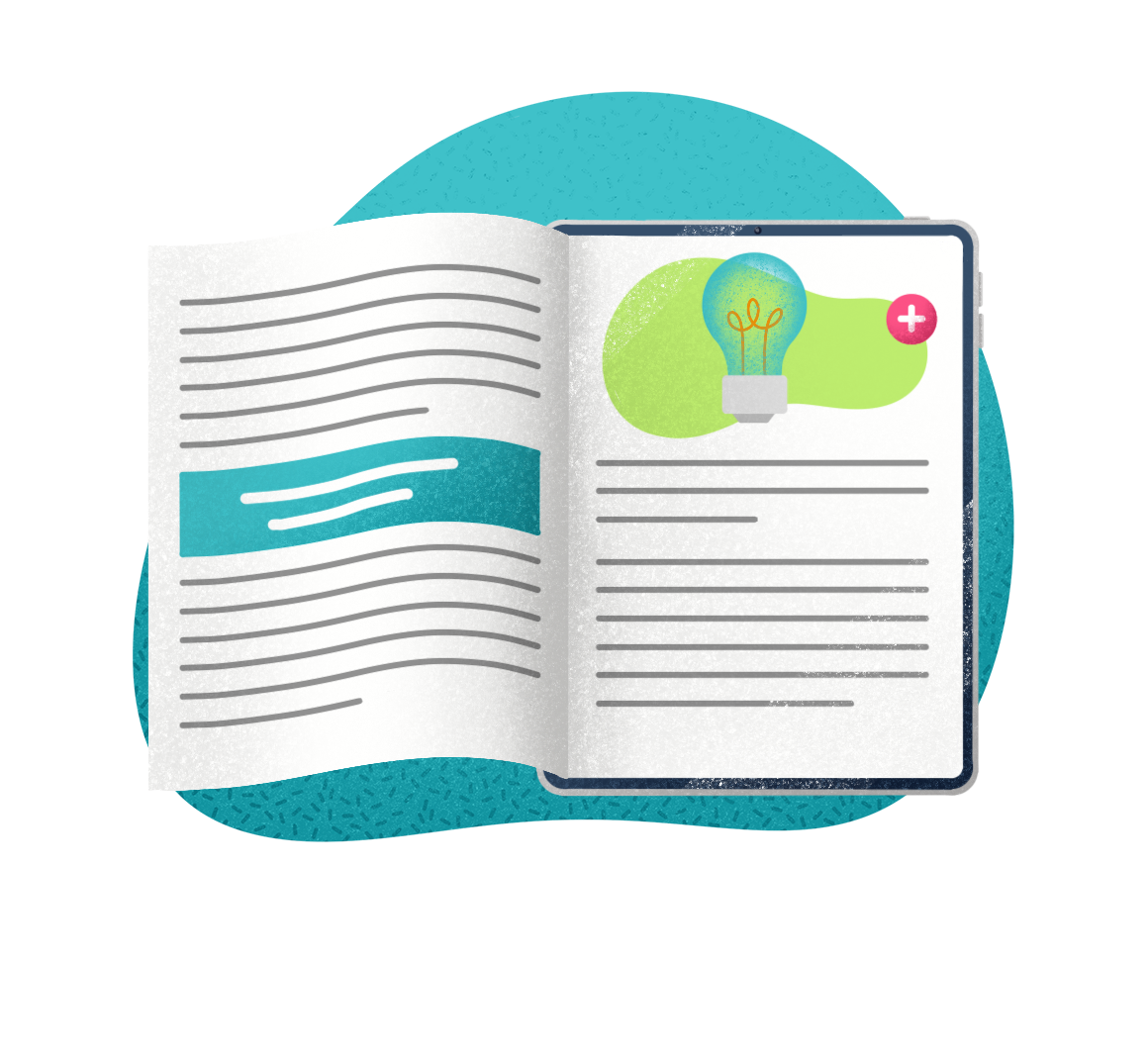There is a common myth that humans only use 10% of our total brainpower on a daily basis. This idea, although false, translates to artificial intelligence and digital platforms somewhat as well, including IT Service Management. ITSM is an ecosystem that contains many features and tools, but which, when used on a daily basis, may become ignored in favor of quick workarounds.
Gartner predicts that “through 2023, I&O leaders will overspend by $750 million on buying unused features of ITSM tools, up from $600 million in 2019.”1 On top of that, Aberdeen Strategy and Research found that unused software accounts for billions of dollars wasted every year in the U.S.
To optimize costs on your ITSM tools, we have compiled five software features or service management solution capabilities, many of which are rooted in ITIL 4 practices, that you might be missing out on.
Common ITSM Tool Capabilities, Solutions, and Features
For the purpose of this blog post, we’ll refer to ITSM tools’ solutions, capabilities, and features interchangeably, but it’s important to know that every ITSM vendor does not offer the same solutions. For example, what comes standard or out-of-the-box for one vendor may be an extra charge for those offering multiple packaging options. If you find that this list has features you’d like, but don’t currently have access to, it might be time to consider changing ITSM providers.
Before we dive into the tools and features rooted in ITIL that are underused, let’s take a quick look at the most popular ITSM features you are likely already using, which build the foundation for ITSM success. These include a mix of:
- AITSM: Some are unfamiliar with the term AITSM, as it’s only become popular in recent months, but it’s defined as ITSM driven by intelligent automation to assist with tasks, requests, and actions in the IT service desk. This can include automation, AI, and sentiment analysis technology. AITSM is often used to create automated workflows, knowledge database access, and proactive service management. According to a recent survey, 40% of organizations currently employ intelligent automation capabilities for service management.
- Self-service portals: If you enter your own support ticket, chances are you are using some type of self-service portal. This technology can be used to meet a number of needs for both users and departments.
- Reporting software: A good ITSM tool provides a reporting module. A great ITSM tool provides an in-depth view of your IT services through comprehensive and intuitive reporting.
ITIL’s Role in ITSM Tools
Although ITIL processes are part of the tools that are used often, there is still a big chunk of features often underused in ITSM that relate to ITIL. In many cases, ITIL is the built-in process framework for an ITSM tool or vendor. And with growth and change happening at the IT service desk in light of the pandemic, ITIL 4 used in conjunction with ITSM provides a clear path forward.
When used correctly, ITIL should clarify and simplify the processes used for service delivery, but you don’t necessarily need to adopt every single ITIL process to be successful. Additionally, the greater problem lies in failing to recognize the value in some of the built-in ITIL processes because they may create more complex changes at the start. We will dive into that later in the post, but it is good to keep in mind that your ITSM tool may, at times, need to add some complexity to a process before being able to simplify or streamline the results.
For the purpose of this post, all definitions for ITIL processes and tool functions come from the Axelos dictionary.
ITIL processes are created to address:
- Organizations and people
- Information and technology
- Partners and suppliers
- Value streams and processes.
A few common ITIL processes included in most ITSM tools and software include:
- Incident Management
- Problem Management
- Change and Release Management
- Knowledge Management
- Risk Management
You can read more about ITIL processes and practices in our free eBook here. The key takeaway is that ITIL plays a role in the solutions that are being both over-utilized and underutilized at the service desk.
5 ITIL/ITSM Tools, Features, and Solutions You May be Underutilizing
At the core of your IT service management strategy, you should be thinking of the level of maturity of the solution over the number of features. The following five tools or solutions will drive the maturity of your IT service desk while helping to streamline and simplify service delivery.
1. Change and Release Management
Your ITSM tool should include ITIL modules to enable change and release management protocols smoothly. Change and release management is an integral part of the ITIL process lifecycle which can reduce unplanned outages due to changes in the business. Every changing aspect of your enterprise, from infrastructure to operations, from software development to supply chain revisions, needs management from top to bottom.
One of the most underused aspects of an effective change and release management solution is the visual mapping of the infrastructure and who will be impacted by a change. This should help you better understand changes and mitigate risks with visibility into potential impacts.
2. IT Financial Management
IT Financial Management software (ITFM) will help you treat IT as a business in order to optimize costs and gain a more wholistic view of the cost of your service delivery strategy. As defined by Axelos:
“[ITIL financial management, or ITFM, is] a generic term used to describe the function and processes responsible for managing an organization’s budgeting, accounting and charging requirements…Financial management for IT services is the specific term used to describe the function and processes from the perspective of the IT service provider.”
In other words, ITIL financial management dictates processes for everything from budget to charging, specific to the IT team. For IT teams who already create a budget, it is easy to think that you have your budget needs covered. However, an ITFM solution will go beyond a simple budget.
3. Service Asset & Configuration Management Software (CMDB)
Many ITSM tools offer a service asset and CMDB solution, and this is a great way to know your IT infrastructure at length. A service asset and CMDB solution will allow you to identify configuration changes, track asset movement, and understand IT service dependencies within multiple data sources.
You might know this ITSM tool as “IT Asset Management” software (ITAM). This feature gives you an opportunity to visualize and link tangible and intangible assets and objects for a better overall view of the health status of your IT department, which works hand-in-hand with change and release management. Further, this module gives insight into the entire lifecycle of hardware and software, from initial use to the decommissioning process.
4. Project Management
Outside of IT, there’s a good chance you’re already using some form of project management software. For example, you might be using Microsoft Project, Monday, Asana, or any other of the many software vendors available on the market. Project management software can help keep your team agile, but did you know your ITSM vendor may already contain a project management solution and practice?
Project management can create complete visibility into a project including costs to strengthen the link between your IT department and the business strategy. This enhanced comprehensive visibility can help you integrate projects together while helping you track the smaller details including timesheets and deadlines. Beyond this, project management should attach each of these details to the relevant tickets.
5. Request Management
Request management handles the entire IT lifecycle and is an integrated function within an IT service catalog. This helps give insight and creates a seamless experience for the IT service desk and its customers to request changes to the IT services, along with ordering new hardware or software as needed. IT service request flow changes are also included in this tool.
An effective request management tool should include a few key factors. For example, it should allow the creation of a multilingual service catalog to support users in any region. It should also include automated rules with a codeless workflow engine to improve efficiency. Together with the other tools we mentioned above, you can create a seamless experience with a better overall view of the IT services and the status of each.
Conclusion: Combining Needs with Concrete Solutions
Using these ITIL and ITSM tools and features together, you can more easily follow ITSM best practices to get the most out of your ITSM software. But, if your ITSM vendor doesn’t offer these tools together, you may find yourself considering a new ITSM tool. Choosing the right tool will require considering more than just the maturity of your current IT service desk, it will require a full look into the future of your organization.
For help understanding how to choose the right tool for your team’s success, check out the Gartner Report, 6 Smart Steps to ITSM Tool Selection Success. Get your complimentary copy here.
1 Gartner, Gartner Report: 6 Smart Steps for ITSM Tool Selection Success, Chris Matchett, Rich Doheny, 21 November 2019, Refreshed 2 March 2021

Infographic – The status of SMB IT in 2026
Explore how AI, automation & integrated ITSM/ITAM are reshaping IT strategy—at every scale.


